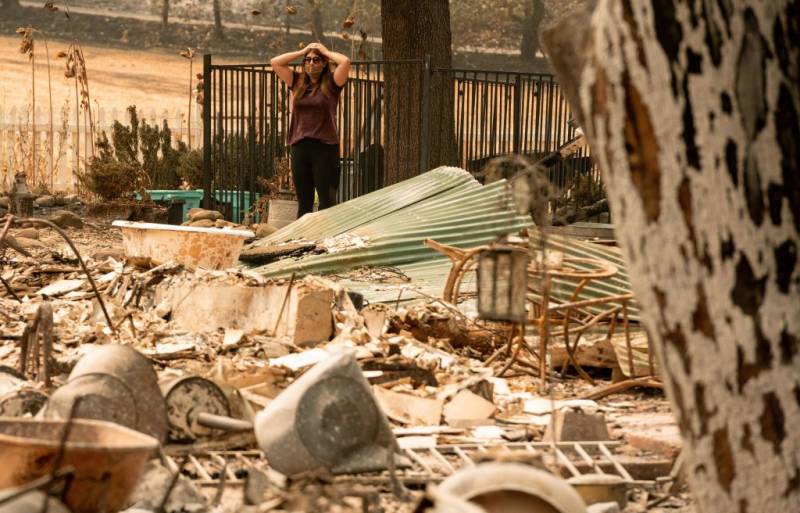A barrage of lightning strikes last week sparked hundreds of fires across California, charring some 1.4 million acres statewide since Aug. 15 — more than the size of the state of Delaware.
The largest of them — three massive sets of fires on the outskirts of the Bay Area, burning to the north, east and south of San Francisco — remain largely uncontained, forcing more than 100,000 people to evacuate and killing at least six.
On a more positive note, the region dodged a bullet Monday, with most of the predicted storms in the forecast moving north of the area, diminishing the threat of additional fire-sparking lightning storms, and prompting the National Weather Service to cancel its previously issued “red flag warning.”
